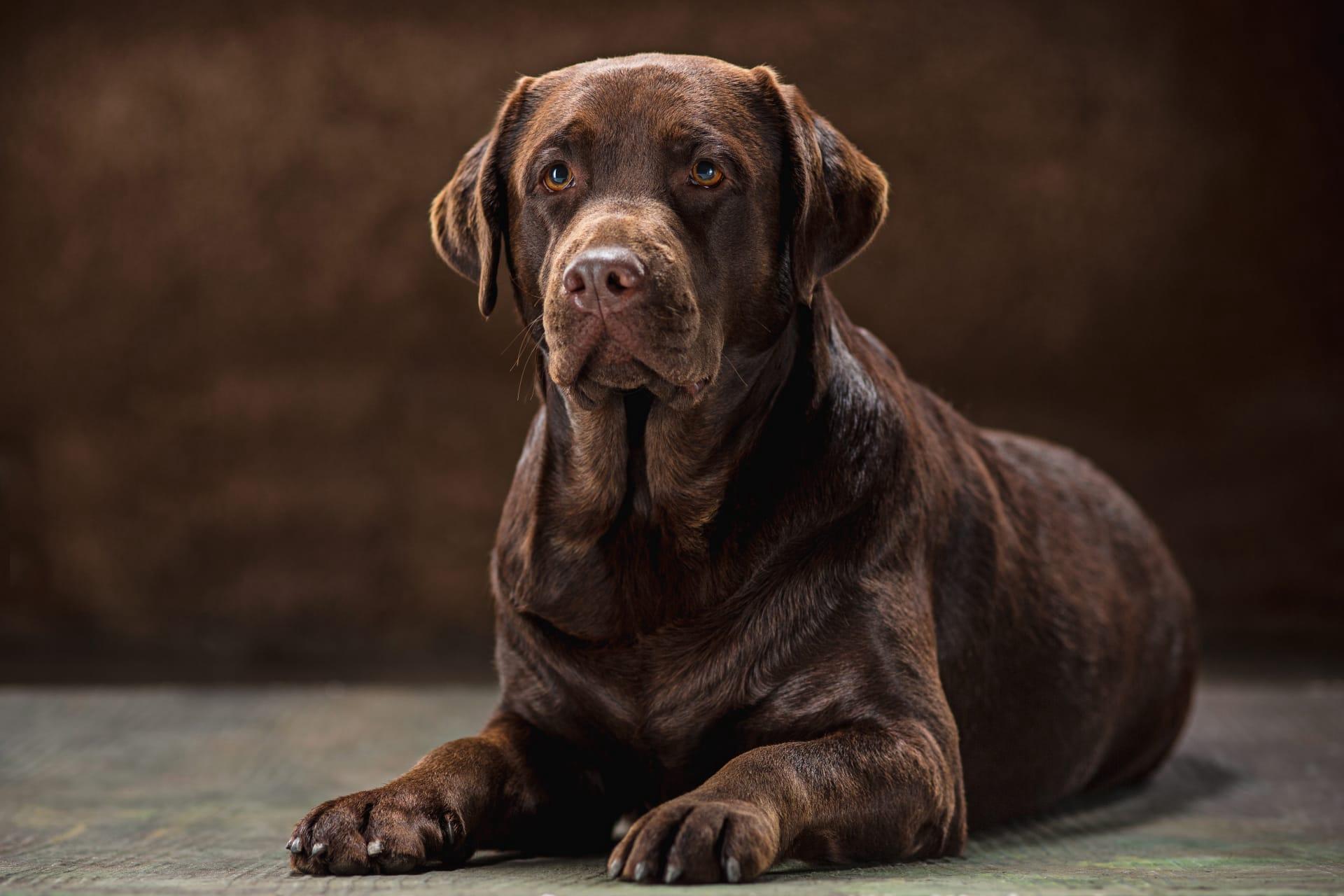1
Chocolate Labrador Retrievers, affectionately known as Chocolate Labs, carry a unique coat color that's not just for show. This rich, brown hue comes from a recessive gene, meaning both parents must carry the gene to produce Chocolate Lab puppies. This genetic trait is less common compared to the black and yellow Lab variants, making the Chocolate Lab a rarer find. Interestingly, the breed's coat color can range from a light brown to a dark chocolate, influenced by genetics and sometimes sun exposure. Beyond aesthetics, these dogs share the same loyal, friendly, and highly trainable characteristics as their Labrador brethren, making them ideal family pets and working dogs.
Another captivating aspect of Chocolate Labs is their lifespan and health. On average, Chocolate Labs live between 10 to 12 years. Research has suggested that the color of a Labrador Retriever's coat may influence its health, with Chocolate Labs occasionally facing more health challenges and a slightly shorter lifespan compared to their yellow and black counterparts. This is attributed not to the color itself but to the smaller genetic pool from which they come, potentially carrying more heritable health conditions. Common health issues include ear infections, due to their floppy ears, and joint problems such as hip and elbow dysplasia, which are prevalent in large, active breeds.

2
Chocolate Labs are renowned for their exceptional abilities in retrieving, a trait deeply ingrained in their lineage. Originally bred for hunting, they possess a soft mouth grip, allowing them to retrieve game without causing any damage. This skill is not just limited to hunting; it also makes them excellent companions for fetching games and activities. Their keen sense of smell and love for water further enhances their natural retrieving instincts, making them outstanding swimmers and divers. This combination of traits ensures they excel not only as family pets but also in various working roles such as search-and-rescue operations and as service dogs.
When it comes to training, Chocolate Labs are standouts due to their intelligence and eagerness to please. They are capable of learning a wide array of commands and tricks, from basic obedience to more complex tasks. Early socialization and training are crucial, as their high energy levels and strength can become challenging without proper guidance. Consistent, positive reinforcement methods work best, leveraging treats and praise to encourage good behavior. Their social nature also means they thrive on interaction and engagement, making them well-suited for active families or individuals who can provide plenty of exercise and mental stimulation.

3
The coat of a Chocolate Lab is not only visually appealing but also highly functional. It provides insulation and water resistance, which are essential traits for a breed originally used for retrieving in cold water. The double-layered coat consists of a soft, warm undercoat beneath a short, dense, and water-repellent outer coat. This combination allows them to stay warm in cold temperatures and dry quickly after swimming, showcasing their adaptability to various environments. Regular grooming is necessary to maintain their coat's condition, helping to reduce shedding and keep their skin healthy.
Chocolate Labs have a well-documented love for food, which, while endearing, can lead to obesity if not carefully managed. Their voracious appetite makes them highly food-motivated, which is advantageous for training purposes but also requires strict diet control. Owners should monitor their food intake and ensure they get adequate exercise to prevent weight gain. This breed's tendency to put on extra pounds underscores the importance of a balanced diet and regular physical activity, highlighting the need for responsible pet ownership to maintain their health and vitality.

4
Despite their name, Chocolate Labs were not always recognized or favored in the early breeding programs. Initially, black Labs were the preferred choice for breeders, with chocolates often deemed less desirable. It wasn't until the latter half of the 20th century that Chocolate Labs gained popularity, thanks to their striking appearance and the same loyal, adaptable temperament found in all Labrador Retrievers. This shift in preference highlights how perceptions of breed standards can evolve over time, with Chocolate Labs now being one of the most sought-after colors.
Their versatility extends beyond companionship and working roles; Chocolate Labs also excel in competitive sports. They are frequent participants in dog sports such as dock diving, agility, and obedience competitions, showcasing their athleticism, intelligence, and trainability. These activities not only provide physical and mental stimulation but also strengthen the bond between the dog and their owner. Their natural agility and love for activity make them standout athletes in the canine world, capable of achieving impressive feats and earning accolades in various competitive arenas.

5
Chocolate Labs are not just pets; they also play significant roles in therapeutic settings. Their gentle disposition and intuitive nature make them excellent therapy dogs, providing comfort and support to people in hospitals, schools, and nursing homes. The presence of a Chocolate Lab can have a calming effect, reducing stress and anxiety in individuals they interact with. This therapeutic role capitalizes on their empathetic nature, allowing them to connect with and uplift people in need of emotional support.
Finally, the genetic diversity within the Chocolate Lab population contributes to their unique appearance and personality traits. While they share the same breed standards as other Labs, individual Chocolate Labs can exhibit a wide range of temperaments, from laid-back and gentle to energetic and playful. This diversity ensures that potential owners can find a dog that matches their lifestyle and preferences. The variety within the breed underscores the importance of responsible breeding practices, aiming to preserve the health, temperament, and quality of Chocolate Labs for future generations.